The U.S. Department of Education says it will keep many of its core operations running during the government shutdown, even though 87% of its workforce will be furloughed.
The shutdown began overnight after Congress missed the 12 a.m. Wednesday deadline to pass a funding bill. As a result, many federal services have paused, workers are furloughed, and Americans may feel the ripple effects in daily life.
Here’s what it means for the Department of Education.
Will the shutdown affect student loan payments?
Yes, you still have to pay your student loans during the government shutdown. Student loan borrowers must continue making payments, even during a shutdown, as student aid will be largely unaffected in the short term, according to the department’s shutdown contingency plan. Pell Grants and federal loans will continue to be disbursed.
The Education Department manages a $1.6 trillion federal student loan portfolio. According to the department, about 9.9 million students receive some form of federal aid from roughly 5,400 colleges. During the shutdown, the Office of Federal Student Aid plans to furlough 632 of its 747 employees, though it hasn’t specified which ones. For most student loan matters, borrowers interact with loan servicers hired by the department rather than directly with FSA staff.
The department will also continue processing the Free Application for Federal Student Aid (FAFSA), a crucial step in how colleges and universities provide aid packages to incoming students.
Will furloughed federal workers be rehired?
Dig deeper: Since taking office, President Donald Trump has called for dismantling the Education Department, claiming it has been overrun by liberal thinking. Agency leaders have been planning to distribute its operations to other departments, and in July, the Supreme Court upheld mass layoffs that cut the department’s staff in half.
The department had around 4,100 employees when Trump assumed office in January. It now has about 2,500. Education Secretary Linda McMahon said some staffers were rehired after officials realized the cuts went too far.
The Trump administration has indicated that a shutdown could lead to more federal positions being eliminated entirely. In past shutdowns, furloughed employees returned once Congress restored funding. This time, however, the White House’s Office of Management and Budget has threatened the mass firing of federal workers.
How long will the shutdown last?
The backstory: Republicans backed a short-term measure to fund the government at current levels through Nov. 21, but Democrats blocked it, insisting the bill address their health care concerns. They aim to reverse the Medicaid cuts in Trump’s mega-bill passed this summer and extend tax credits that help millions afford insurance through the Affordable Care Act marketplaces.
Republicans dismissed the Democratic proposal as a nonstarter, saying it would cost taxpayers more than $1 trillion.
What’s next: Neither side shows signs of compromise, which could make this shutdown a lengthy one. The last government shutdown occurred on December 22, 2018, during Trump’s first term. It lasted 35 days and, according to the Congressional Budget Office, cost the U.S. roughly $3 billion in lost GDP.
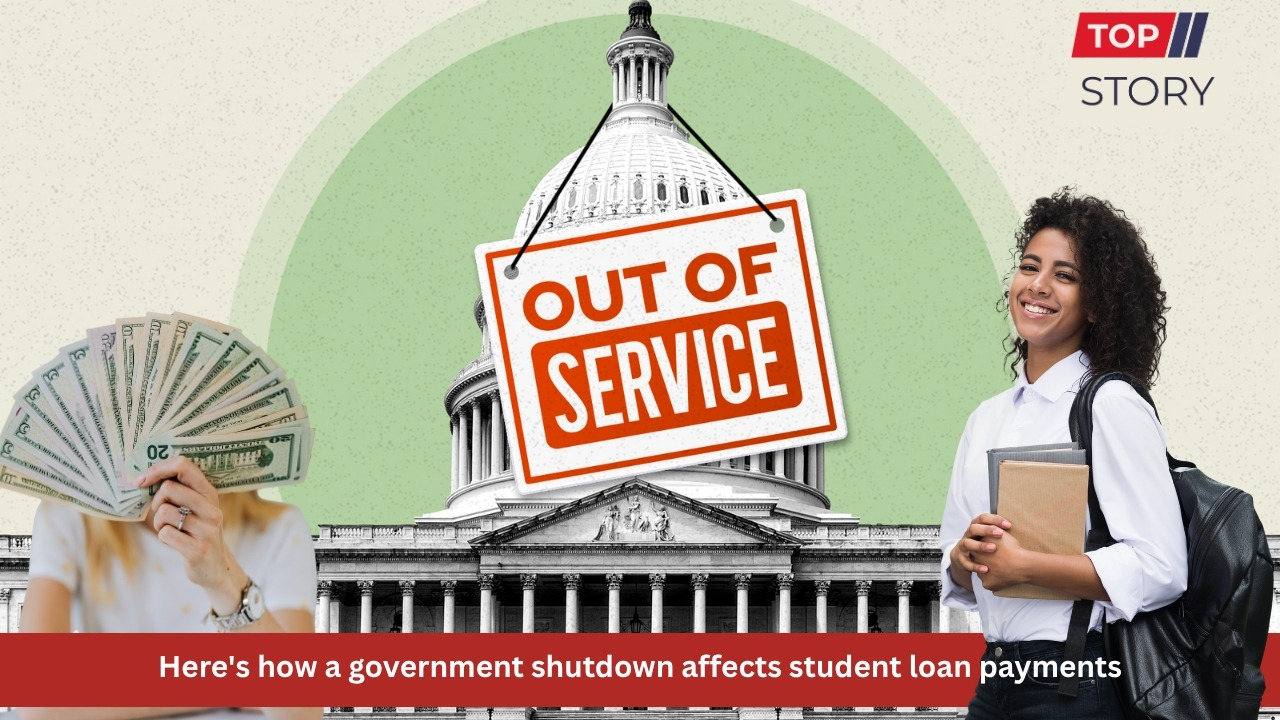
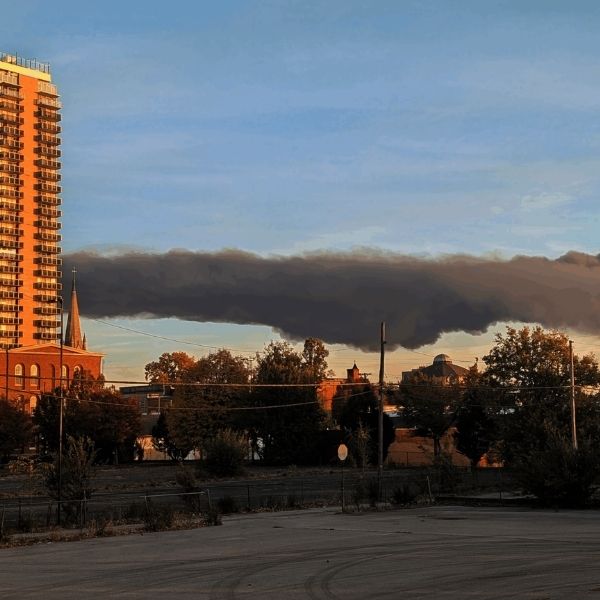
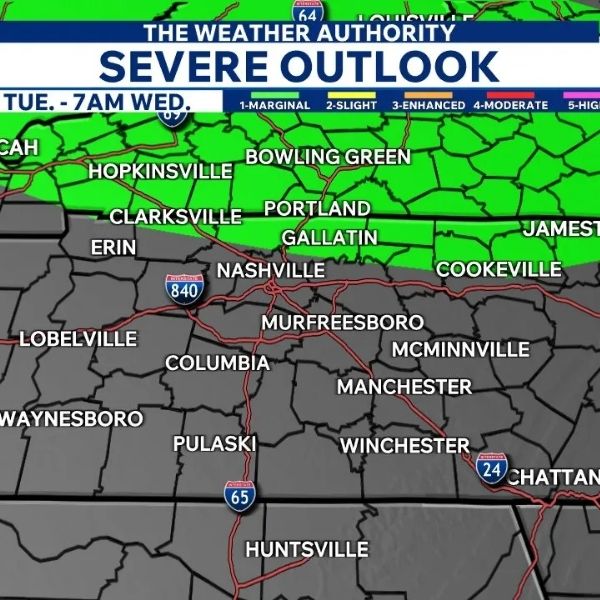
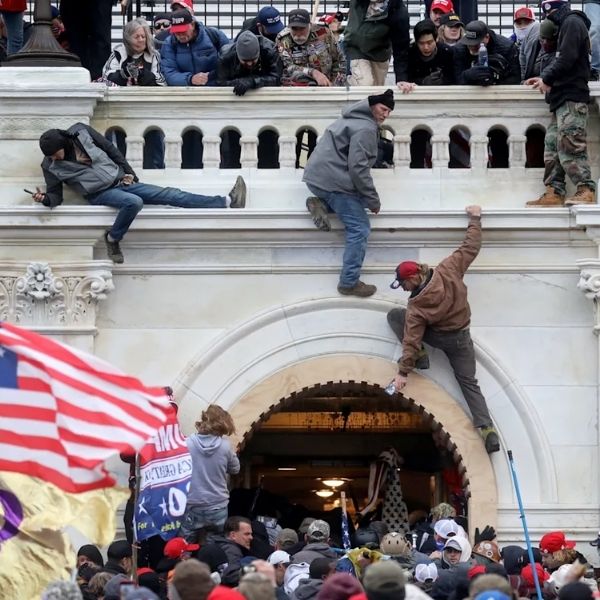
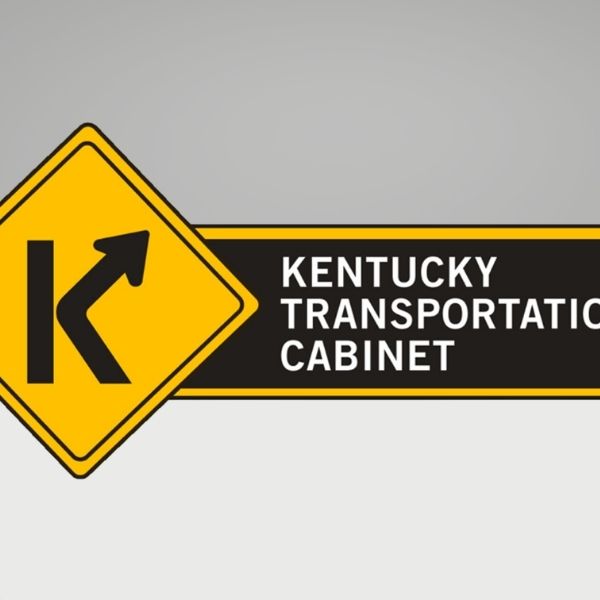
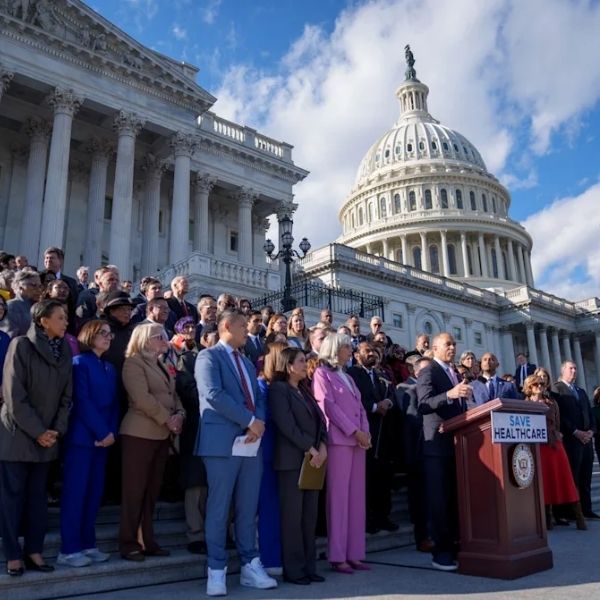





Leave a Comment